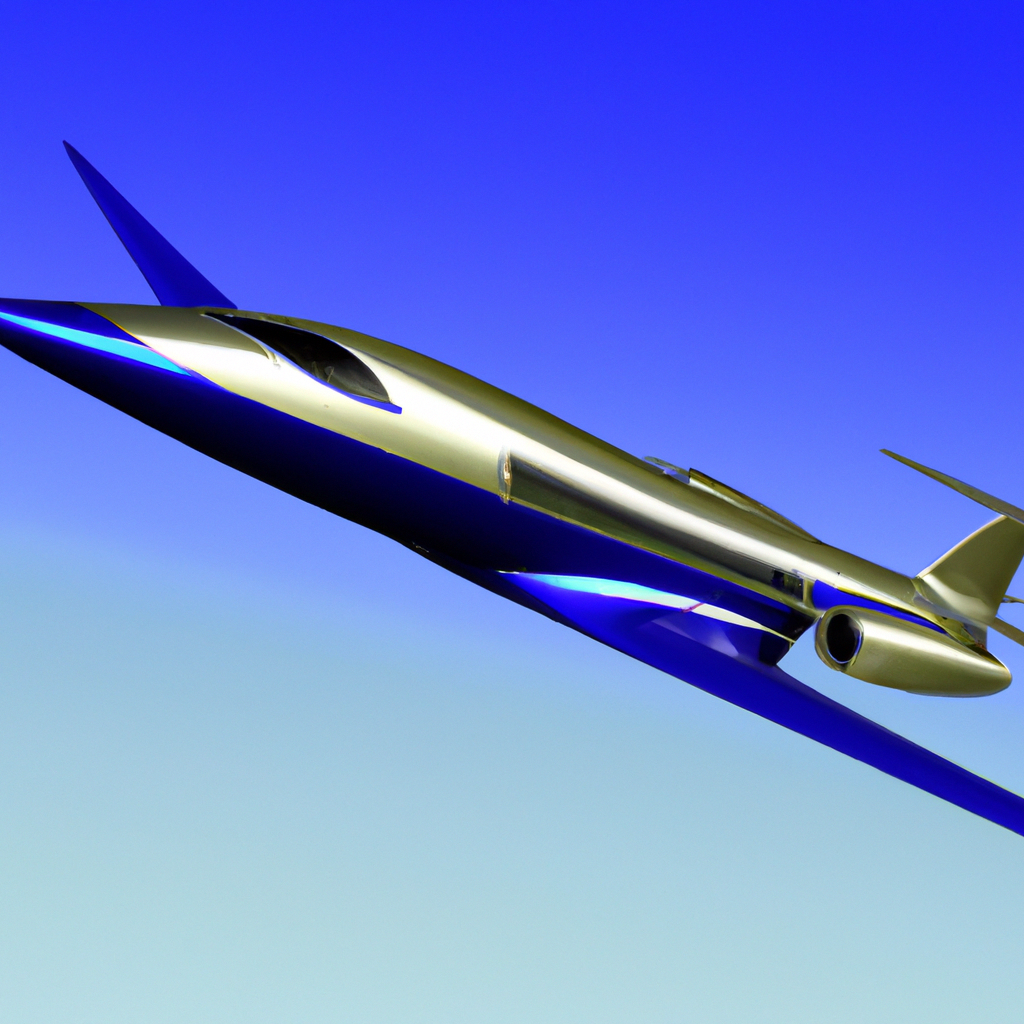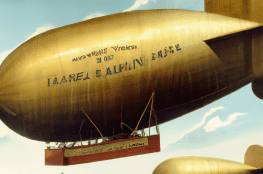Flying Higher: The 20th Century Transformation of Commercial Aviation
When we think about commercial aviation today, it’s easy to take for granted the conveniences and advancements that have become the norm. However, the 20th century witnessed a monumental transformation in the world of air travel. From the early pioneers to the advent of jet engines, let’s take a nostalgic journey through the key milestones that shaped commercial aviation as we know it.
The Birth of Aviation
The story begins with the Wright brothers, Orville and Wilbur, who made their historic first powered flight on December 17, 1903. This marked the birth of aviation and paved the way for the decades of progress that followed.
For the first few decades, aviation remained a novelty, with small planes primarily used for mail delivery and aerial stunts. However, with the outbreak of World War I, the demand for faster and more reliable aircraft grew exponentially.
Airline Giants Take Flight
Following the war, aviation technology advanced at a rapid pace. In the 1920s, a number of pioneering airlines emerged, competing to become the leading giants of the industry. Companies like Pan Am, Lufthansa, and British Airways (formerly Imperial Airways) laid the foundation for the future of commercial aviation.
Passenger comfort and safety also became focal points during this period. The introduction of closed cabins, improved engines, and more efficient aircraft designs made air travel more accessible and appealing to the general public.
The Golden Age of Propeller Planes
The 1930s to 1950s witnessed the golden age of propeller planes. These aircraft flew at relatively low altitudes, and their iconic design and roaring engines captured the imaginations of travelers worldwide.
During this time, long-distance travel became a reality thanks to the development of more powerful engines and increased fuel efficiency. Cross-continental flights, such as the famous transatlantic route between Europe and the United States, became more feasible and popular.
The Jet Revolution
The late 1950s and early 1960s saw a monumental shift in commercial aviation with the introduction of jet engines. The advent of jet travel marked a new era in speed, comfort, and efficiency.
The Boeing 707, introduced by Pan Am in 1958, was the first commercially successful jet-powered aircraft. It revolutionized long-haul travel, reducing flight times and increasing overall capacity.
Modern Marvels: Supersonic Flight and Innovation
In the quest for greater speed, the 20th century also witnessed the development of supersonic aircraft. The most iconic of these was the Concorde, a joint venture between British Airways and Air France. The Concorde made its first commercial flight in 1976, reaching speeds of up to Mach 2 (twice the speed of sound).
While supersonic travel was a marvel, it ultimately proved financially unsustainable, leading to the retirement of the Concorde in 2003. However, its legacy lives on, and advancements in aviation technology continue to shape the industry.
The Future of Commercial Aviation
In recent years, we have seen the rise of technological advancements such as electric propulsion, autonomous flight, and sustainable aviation fuels. These innovations offer a glimpse into the future of commercial aviation, promising cleaner and more efficient air travel.
As we continue to push the boundaries of what’s possible in aviation, it’s important to reflect on the remarkable transformation that has taken place over the past century. From the humble beginnings of the Wright brothers to the supersonic era and beyond, commercial aviation has truly soared to new heights.
For a visual journey through the 20th century transformation of commercial aviation, check out this video!



